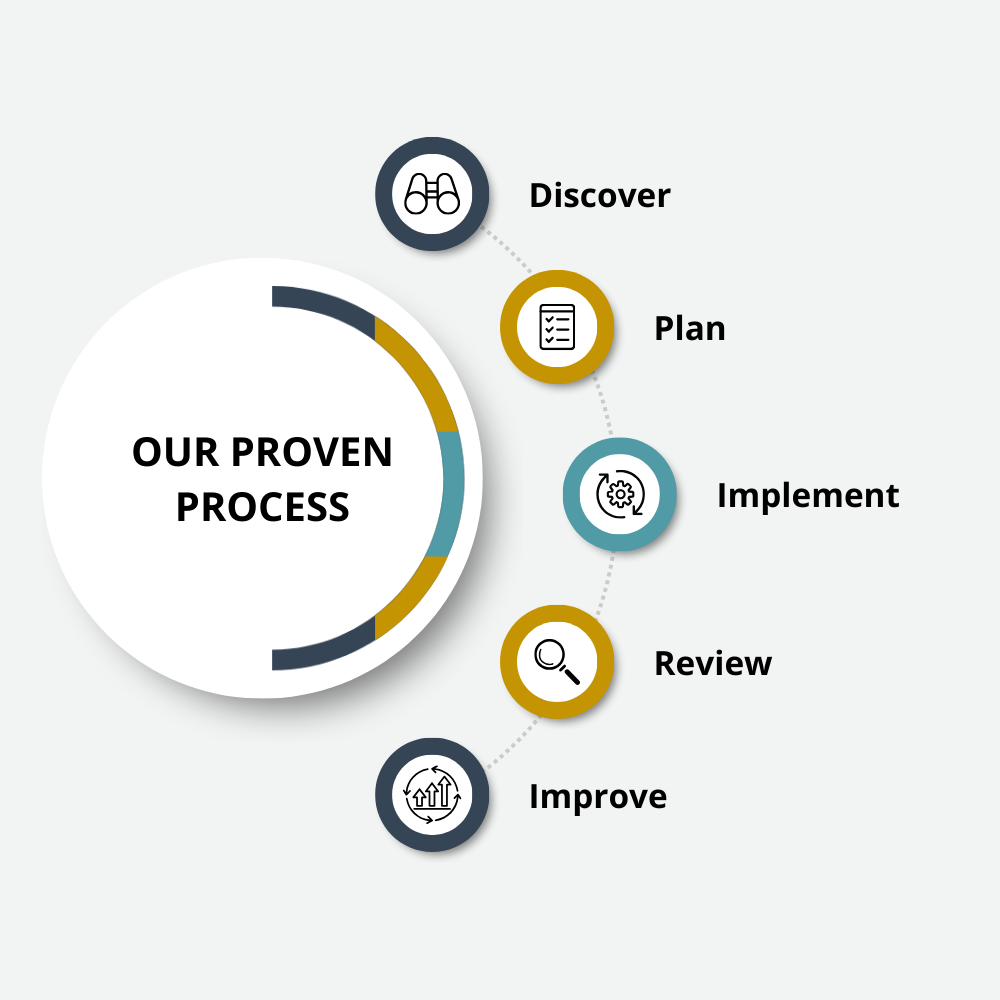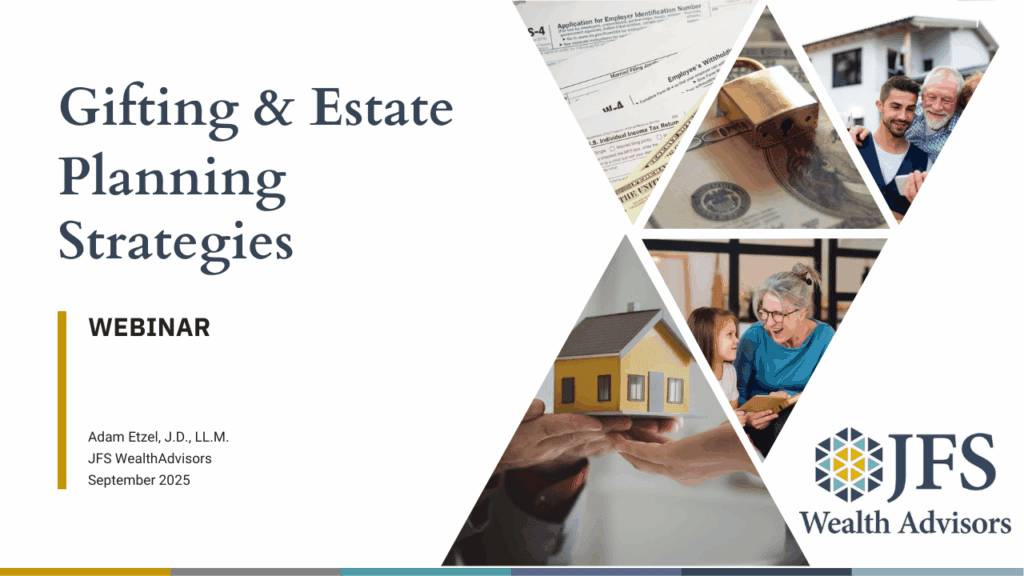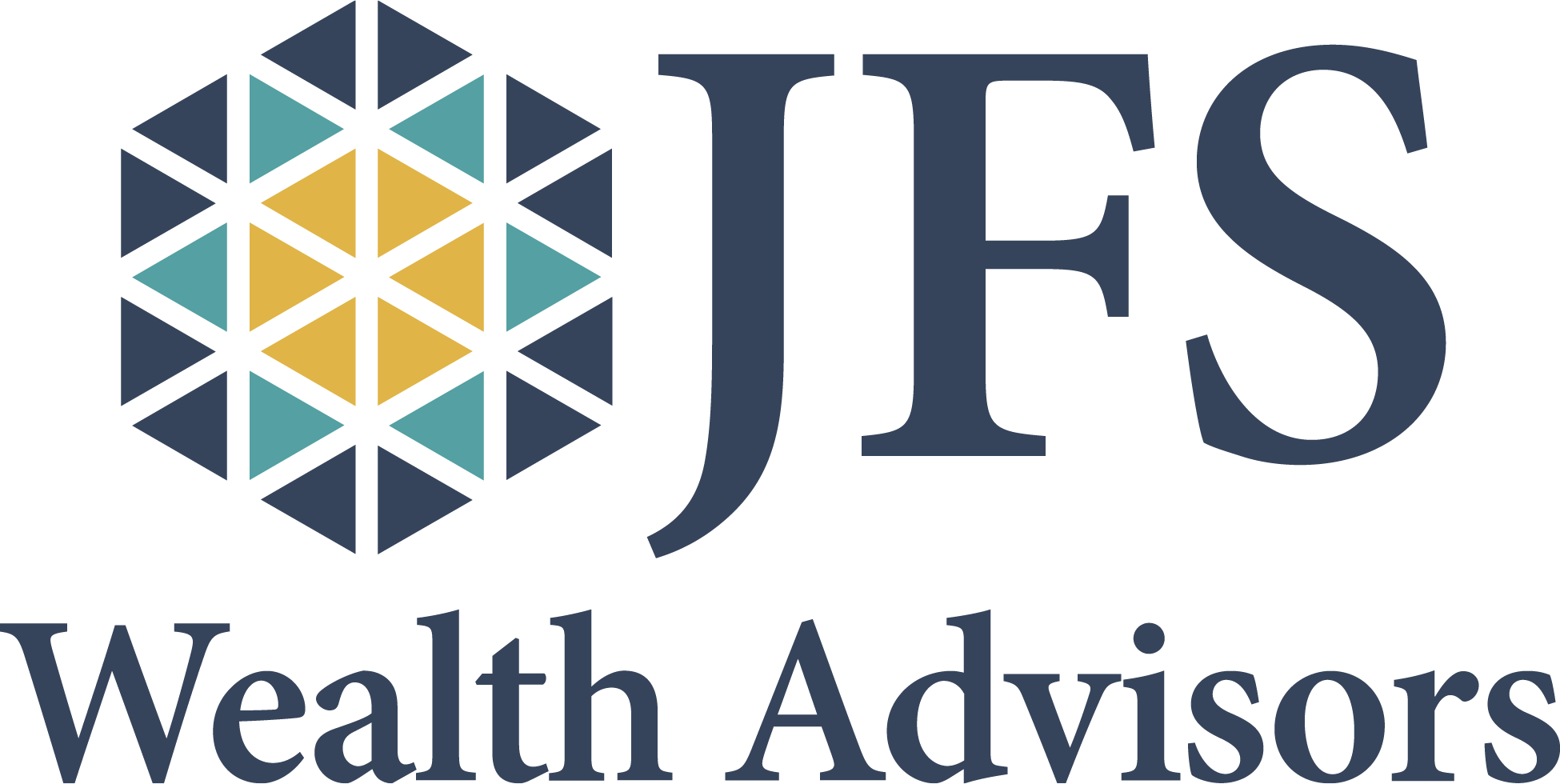As we head toward the fourth quarter of 2022, it’s certainly not too early to start thinking about year-end philanthropic strategies. Though 2022 hasn’t been overly kind to many portfolios, there are still donors with highly appreciated positions who may wish to both reduce the size of their “invoice” from the IRS and also continue to support the philanthropic causes that are most important to them. Not only that, but donors and potential donors should also keep in mind several strategies for year-end giving that can help smooth out the bumps caused by market volatility.
First of all, some encouraging news: despite tough times, Americans are giving more than ever. Starting in 2020 amid the pandemic panic, and continuing up to the present, with the humanitarian crisis in Ukraine, natural disasters worldwide, and other calamities, concerned donors have consistently stepped up their contributions to alleviate need. According to their 2022 Giving Report, Fidelity Charitable® alone made nearly $10.3 billion in donor-recommended grants. This figure was up 13% over the total for 2020, and up a whopping 41% from pre-pandemic levels.
Tip #1: Remember Donor-Advised Funds
Donor-advised funds (DAFs) are perhaps the fastest-growing trend in the philanthropic space. They offer several important benefits to donors, including their ability to hold complex or “nontraditional” assets such as restricted or non–publicly traded stock, real estate, private business interests, and even cryptocurrency. Also, as the name implies, the donor directs the fund as to which charities may receive grants from the fund. Placing assets in a DAF secures a charitable deduction for the donor and also affords the assets the ability to continue appreciating, providing an ongoing source of benefit to the donor’s preferred charities. Placing appreciated assets in a DAF also allows their sale without generating a capital gains tax bill for the donor.
Tip #2: Incorporate philanthropy in your rebalancing strategy
Portfolios that have become overweighted in a particular sector due to market action require rebalancing in order to stay “in-plan.” But rather than selling overweighted portions—which typically results in a capital gain—why not consider placing assets from the overweighted portion of the portfolio into a DAF or otherwise donating them to a favorite charity? Then, instead of writing a check to a charity, use the funds to purchase assets at a more favorable cost basis.
Tip #3: Qualified charitable distributions (QCDs)
Donors who are age 70 ½ or older can pass up to $100,000 directly from their IRA to a charity and avoid tax on the distribution. This only works for IRA accounts, but it can be a valuable estate planning tool as part of a gifting strategy for estates trying to retain exemption from inheritance taxes.
At JFS Wealth Advisors, we know that your philanthropic and estate planning strategies must align with your particular needs and must match your most important priorities. To learn more, read our article, “Passing the Torch: Estate Planning Considerations for Business Owners.”




















